Category for company blog and news
6 Indoor Plants That Love The Dark
The indoor house plant that will brighten up the end of a corridor 5 meters from any front door. The Aspidistra, commonly known as the Cast Iron plant, has graced the drawing rooms of many an otherwise drab Victorian English manor.
Many gardening experts describe the Aspidistra as one of the toughest and most adaptable house plants. Its long blades of slender dark green or variegated dark green and white leaves shoot straight out from the soil but in clumps and up to 75 cm in height and 15 cm wide.
It is such a low maintenance plant much like an even-tempered woman who does not need any fussing over but still maintains its sweet nature. It needs very low light, average temperature and humidity and just occasional watering.
Other plants that do not need much light
Low-light plants are usually defined as those that can survive in 25 to 75 foot candles – that is, a spot that is 4 to 5 metres from a bright window, just enough light to read by comfortably, but where artificial lighting switched on by day would give a brightening effect.
You can easily find the Aspidistra in your local garden center nursery.
In addition, five other plants that will suit very low light situations are the following:
Aglonema (Chinese Evergreen)
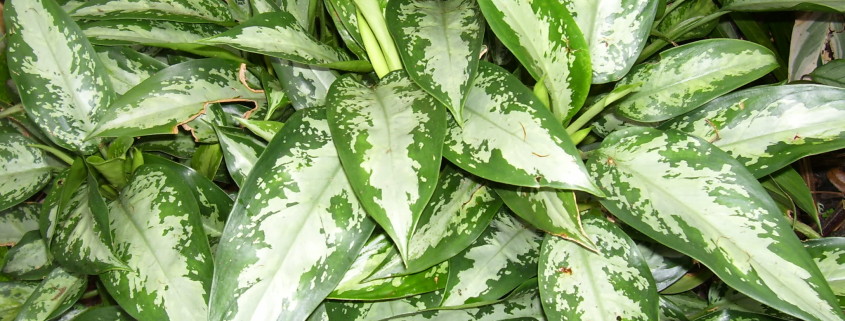
Aglonema (Chinese Evergreen) which are among the few plants that prefer only moderate light and adapt well to low light. It has large dark green oval then tapering leathery leaves later developing a caney base.
Drachaena Deremensis
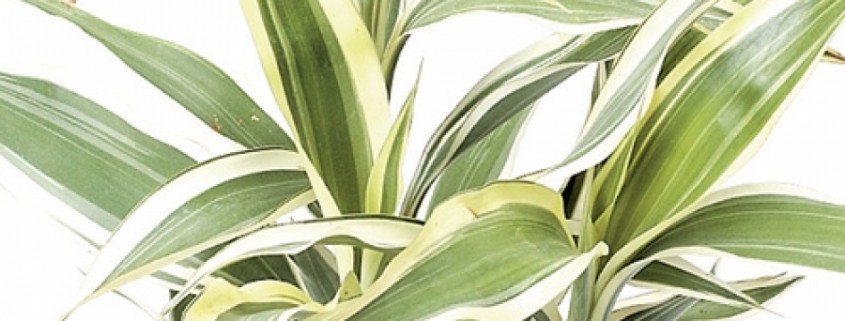
Drachaena deremensis varieties (also know as Happy or Fortune Plants) which are slender leafed and usually white variegated. The Drachaena family are caney plants crested with decorative rosettes of straplike foliage.
Holly Fern
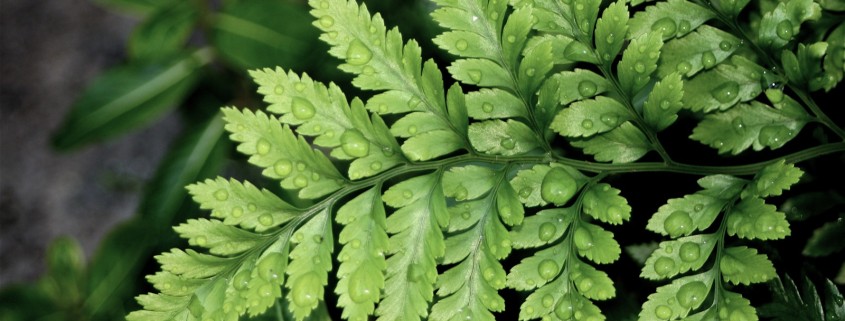
Holly fern which adapts to low light and Boston fern a fishbone type of fern that will remain in low light for many months but need a spell in brighter light to rejuvenate.
Neanthe Bella
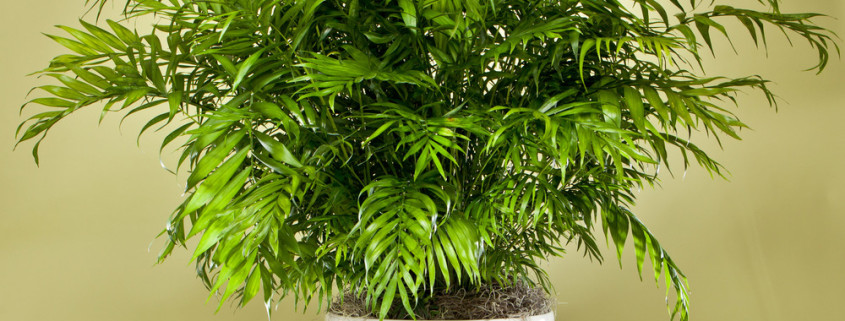
Neanthe Bella or Parlor Palm which is more suited to low light situations than most palms.
Sanseviera
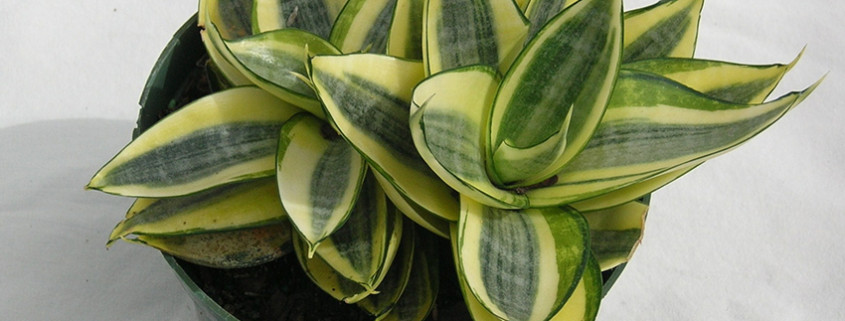
Sanseviera (also known as Mother-In-Law’s Tongue) which stands low to very bright light has waxy, erect straplike leaves usually with cream-colored margins and an unusual banding of the grey-green center.
Want additional or need help with your interior or exterior landscaping? Give us a call 954.370.4832 to schedule a free consultation.
Landscape Design Advice Tips
When asked about landscape design, most people think that the process involves the drawing up of a detailed diagram of every flower bed and shrub. However, each time you pick up a new plant and place it in your interior or exterior landscape, you are participating in landscape design. The latter is unintentional designing and the results of the same are never great. Instead, if you design your landscape in a deliberate and meticulous fashion, you will be thrilled with some of the results. While it helps to have an overall plan in place, you can also plan on the go and design your landscape just as well.
Then again, it always helps to take the assistance of professional landscape designers to save you a lot of time. The experienced and skilled ones will also get you much better results.
Here are a few things to consider when designing landscape for your business:
Main focal points
Start thinking of designing your landscapes from the main focal points. These are generally the very first areas to draw the eyes. The better you handle these focal points, the stronger visual impact you will make with your landscapes. You can experiment with a whole lot of things at the focal point. Though trees are generally the traditional subject for focal points, designers are starting to experiment with other elements such as garden benches, ancient oaks and other similar elements as well.
Maintain symmetry
If you are going for formal landscaping, keep in mind that maintaining symmetry is extremely important in this case. If this is something you cannot manage, you’d rather not try formal landscaping at all. For example, if you have two evergreens that look similar at the entrance of your building and one dies, you have no choice but to replace both. The same problem can happen when shrubs succumb to disease.
Incorporate curves
Incorporation of curves into your landscape design is certainly a good idea but you need to be subtle with the same. Overdoing the curves can lead to real disastrous results. While it is great to define your landscape with interesting shapes, you must know how much is too much. Again, if you include curves in walkways, it also helps to imitate the same design in the third dimension by arranging plants accordingly.
Encourage movement
Make sure your landscape encourages movement of some kind or it will land up looking no more alive than a painting. For example ornamental grasses which can sway around in the breeze are a great addition. Similarly, you can also have flowers in the landscape to attract butterflies and birds.
Accentuate your building
It is important to use your landscape to accentuate your building. The landscape should complement the structure of your building and make it look better. A landscape that overshadows the building or brings out its negative points does not really serve the purpose. For example, making sure that you place the right plant at the right spot can make the world of a difference. It is often the little details that can really define your landscape and how it reflects the structure it is associated with.
Want additional or need help with your corporate interior or exterior landscaping? Give us a call 954.370.4832 to schedule a consultation.
Interior Landscaping, Advice From a Local Expert
All You Need to Know About Interior Landscaping
Plants have their way of adding to aesthetic value of interiors whether you are looking at interior landscaping for your business. Well planned and professionally executed interior landscaping is a must for the idea to work however. Then again, when it comes to interior landscaping, maintenance is of equally importance. You will need the help and support of interior landscaping professionals to ensure that your vision is transformed into a reality.
When looking for interior landscaping, you will need professional services for design, installation as well as maintenance. You can find these services from various companies but you must ensure that you find the very best. Doing so will ensure that your ideas for interior landscaping are turned into reality.

Consulting and Design
A good service will be capable of offering affordable and logical solutions for any particular space. This process usually involves evaluation of the space that requires landscaping to determine the compatibility of various types of plants in the prevailing conditions. Good planning is very important to ensure that interior landscaping is carried out successfully.
The design process begins with evaluation of existing installations to determine the type of landscaping required for the particular space. Professionals must visit the site before offering their services on the same. Once the site is evaluated, these professionals will be able to give you a clear idea of the layout of landscaping as well as the type of plants that can be grown. Once these factors are finalized, it is now time to source the plants, accessories and other related products.
Installation
The installation process is a rather sensitive one and requires highly qualified professionals to carry out the task. You require the services of an experienced and knowledgeable contractor for the best results. While pricing is important, it shouldn’t be your only criterion of selection. The contractor should clarify on all possible issues and concerns before beginning work on the project.
Once this is done, it is time to begin the process of plantation. Apart from actually installing the plants, the process also includes several other important steps such as leaching of the soil, cleaning and pest prevention measures. On and off site preparation should be spot on for proper installation. Again, the plant material used should also be of high quality. The contractor should used prescribed methods for planting to ensure the best results.
Maintenance
Many contractors also offer plant maintenance services after completion of the project. This is certainly an important part of interior landscaping because all plants do need a lot of care and maintenance. The scope of the maintenance services offered varies however. They could include pruning, grooming, media additions, soil dressing, disease and pest control, water and soil analysis, relocation etc.
Irrespective of which services you opt for, you must ensure that plant maintenance is completely taken care of. Make sure you get a clear idea on frequency of services, pest management programs and other services offered by the contractor. All these services play an equal part in ensuring that your indoor plants live a long and healthy life.
